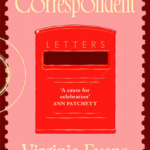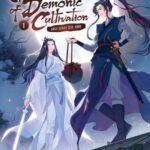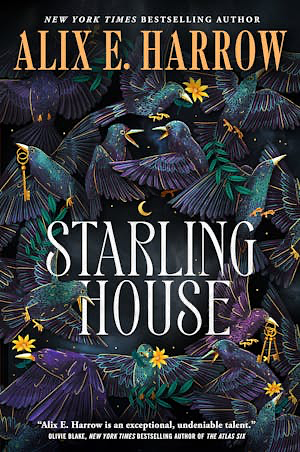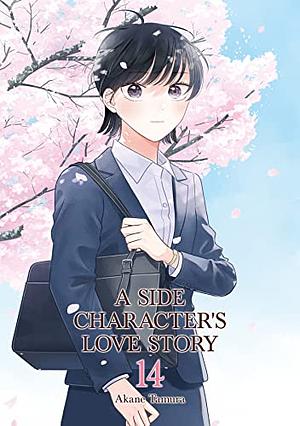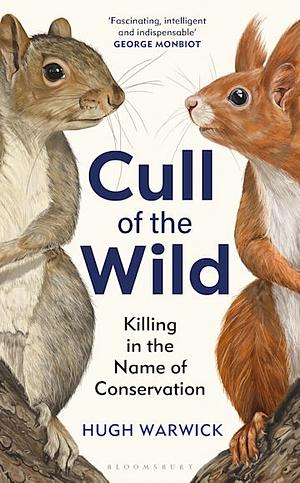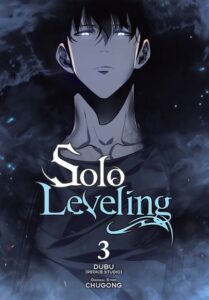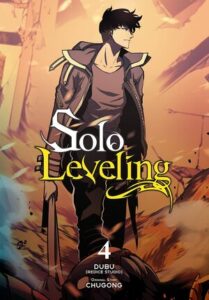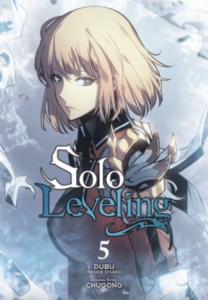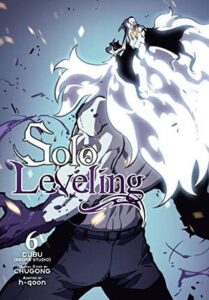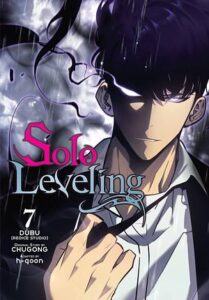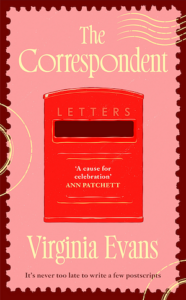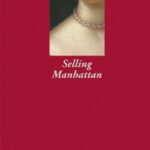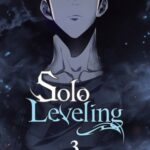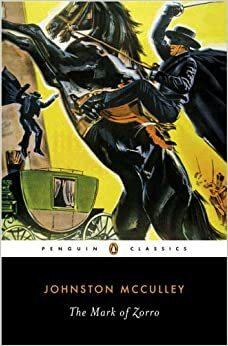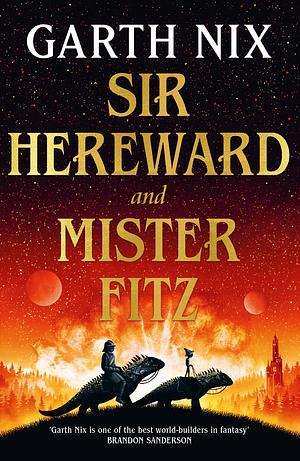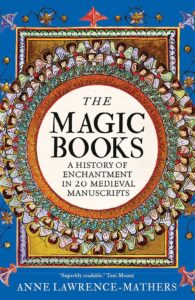
The Magic Books: A Medieval History of Enchantment in 20 Extraordinary Manuscripts
by Anne Lawrence-Mathers
Genres: History, Non-fictionPages: 368
Rating:

Synopsis:In this beautifully illustrated account, Anne Lawrence-Mathers explores the medieval fascination with magic through twenty extraordinary illuminated manuscripts. These books were highly sought after, commissioned by kings and stored in great libraries. They include an astronomical compendium made for Charlemagne's son; The Sworn Book of Honorius, used by a secret society of trained magicians; and the highly influential Picatrix. This vivid new history shows how attitudes to magic and science changed over the medieval period--and produced great works of art as they did so.
Medieval Europe was preoccupied with magic. From the Carolingian Empire to Renaissance Italy and Tudor England, great rulers, religious figures, and scholars sought to harness supernatural power. They tried to summon spirits, predict the future, and even prolong life. Alongside science and religion, magic lay at the very heart of culture.
Anne Lawrence-Mathers’ The Magic Books: A History of Enchantment in 20 Medieval Manuscripts isn’t quite laid out in the format that might lead you to believe. I didn’t count the manuscripts mentioned, though I suppose there are probably at least 20. It’s structured more as a series of themes/time periods, charting the development of magic and how it related to the church (which often produced or owned the manuscripts even as the church discouraged the use of such magic).
It’s a really nice volume, with colour images alongside the text where necessary, with detailed notes and bibliography. I think it’s rather on the academic side, and certainly verged on the edges of what I’d be interested in as someone who has random interest in a lot of things, but not very specific interest.
Mostly, it’s focused on the information contained in the manuscripts, often describing in detail exactly what a given manuscript gives as instructions for this or that piece of magic. There is also discussion of the illuminations and art, but it feels less focused on the manuscripts as objects than I think I was hoping.
If this is your area of interest, though, I expect it’s a delight!
Rating: 3/5




